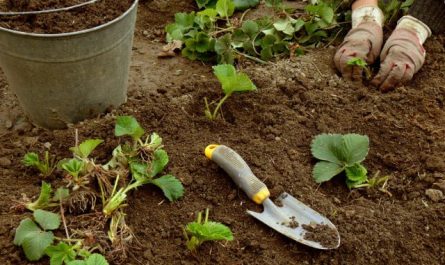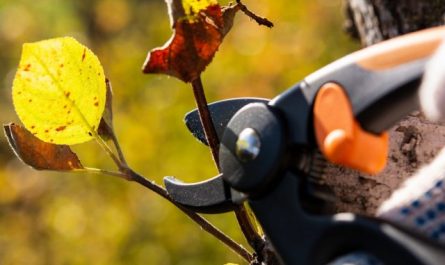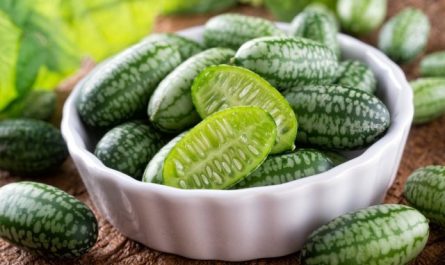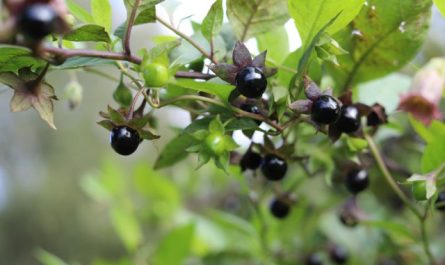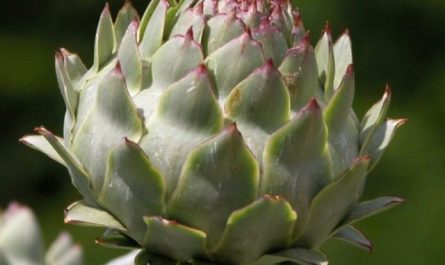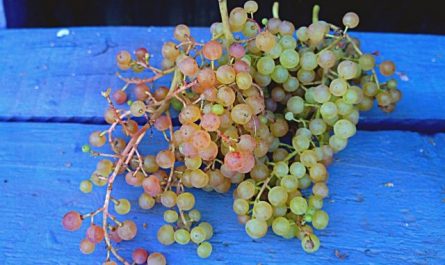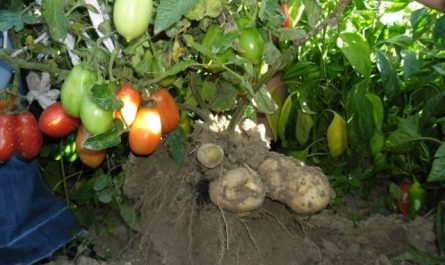Fennel (Foeniculum, family Umbelliferae) is a food, spice and medicinal crop. Fennel bulbs are used as food fresh and boiled, the leaves are used as a seasoning for soups, meat and vegetable dishes, and preparations are made from the fruits to help with flatulence (dill water). Fennel is also irreplaceable as a spice in canning. The homeland of fennel is the Mediterranean countries. Even in ancient times, the Romans, Egyptians, Greeks, and Chinese valued fennel for its aroma, reminiscent of the smell of tarragon and mint, and its medicinal properties. All parts of fennel are rich in essential oils, among which anethole predominates, which helps improve digestion and awaken the appetite. In addition, fennel contains ascorbic acid, provitamin A and vitamin PP.
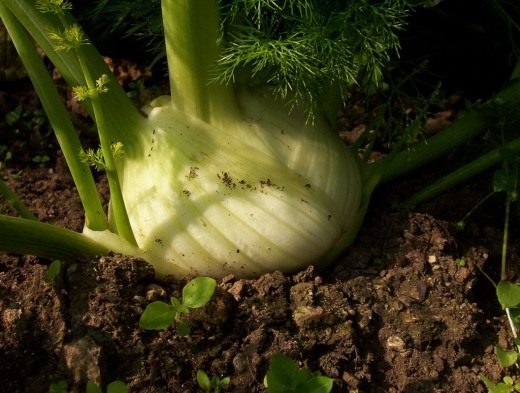
© Civvi
Fennel is a perennial erect plant with carved pinnately dissected leaves similar to dill. Hence the second name of fennel – anise or pharmacy dill. The inflorescence of fennel is a complex umbrella, the flowers are small yellow-green, the fruit is an ovoid-oblong achene. Fennel flowers emit a unique aroma, bees love them very much. The two most popular types of fennel are common fennel (Foeniculum vulgare) and Italian fennel (Foeniculum italica). The best varieties of fennel can be called Florentine salad and Common.
Fennel prefers a warm and bright location. Therefore, it is advisable to plant it in a wind-protected area. The soil should be fertile – clayey, with a high humus content, it is also good to add lime to it. If you want to grow fennel for greens, then the seeds can be sown directly into open ground in the spring, and to obtain bulbs in central Russia, you will have to plant seedlings (in the south, bulbs can be obtained by sowing seeds in open ground). The best predecessors for fennel are potatoes and root crops (beets, radishes).
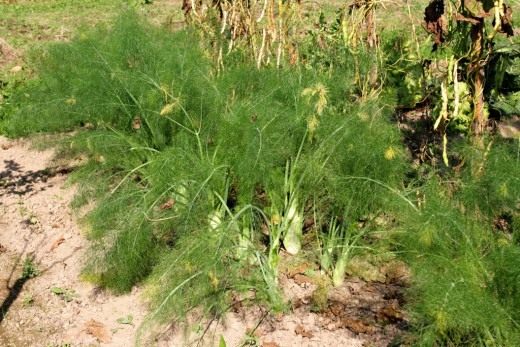
© Frank Vincentz
Fennel is sown for seedlings in March, 2-3 seeds per pot, leaving the strongest of the emerging seedlings. The seedlings are transplanted into open ground when the threat of spring frosts has passed, while trying not to damage the roots (peat pots are convenient), since their damage leads to increased shoot formation, but the bulbs will develop poorly. The distance between plants in a row should be about 20 cm. Two weeks after planting, you can feed the fennel with liquid organic fertilizer, but you should not add manure to this crop. Further care consists of timely weeding, watering and loosening of the plants. Forming bulbs need to be lightly hilled.
Sowing seeds in open ground for greens is done in early spring, when the temperature is at 8–1°C, fennel can be sown before winter. Sowing depth is 2–45 cm, row spacing is 10 cm. Shoots appear in about two weeks. They are thinned out, the soil is loosened. When the stem at the base reaches 15 mm in diameter, the greens can be cut. The leaves are cut at a height of cm from the fleshy thickening, dried in the shade in bunches. During the growing season, fennel manages to yield a harvest of greens twice. Fennel can grow in one place for several years in a row. In the spring, after the snow melts, the soil around the overwintered plants is loosened and they are fed with phosphorus-potassium fertilizer.
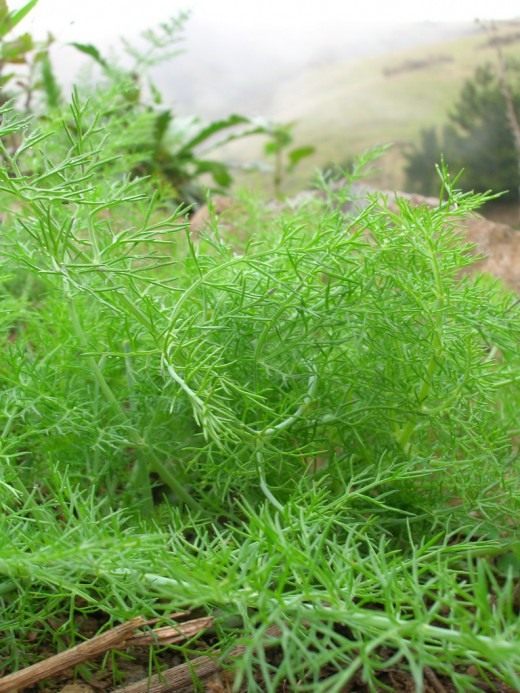
© Forest & Kim Starr
If you want to get fennel seeds, just do not cut off the leaves and wait for the plant to bloom. The seeds are collected when about half of them in the umbrella have ripened. After that, the umbrellas are cut and dried in a dark place until the seeds turn brown. Fennel can also be propagated by dividing the bush. In this case, the fennel rhizome is cut so that each part has at least two buds.

